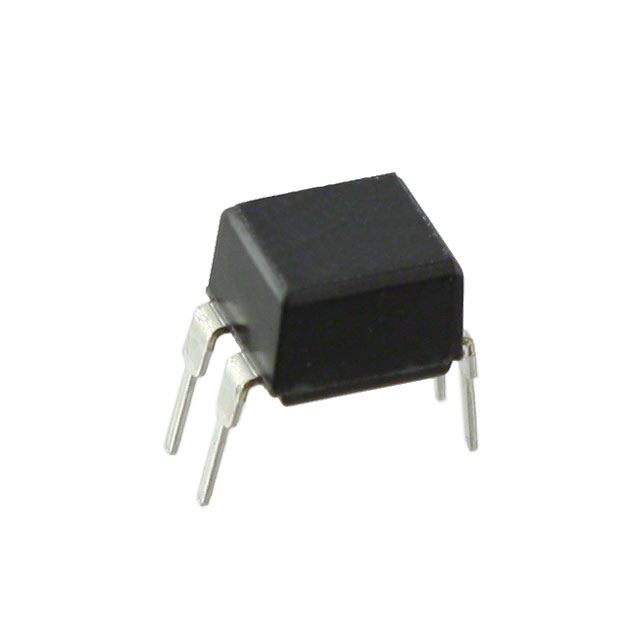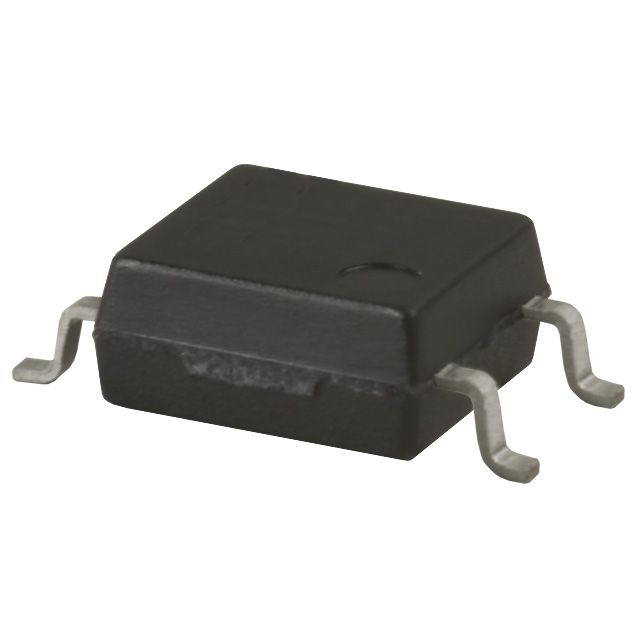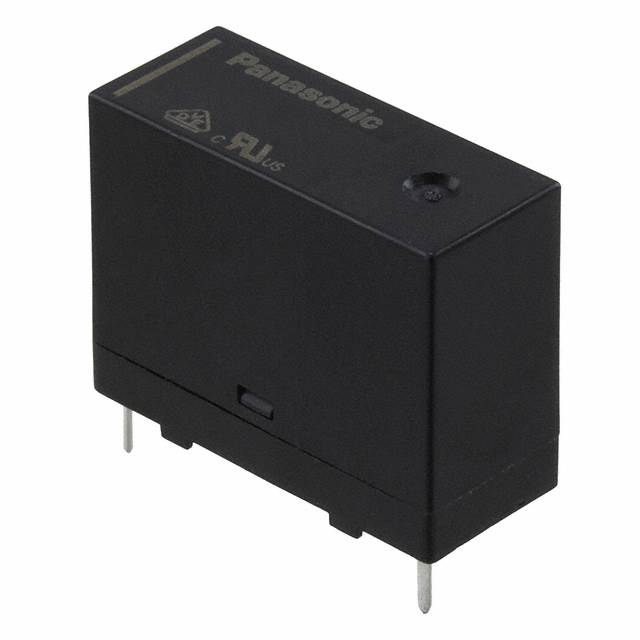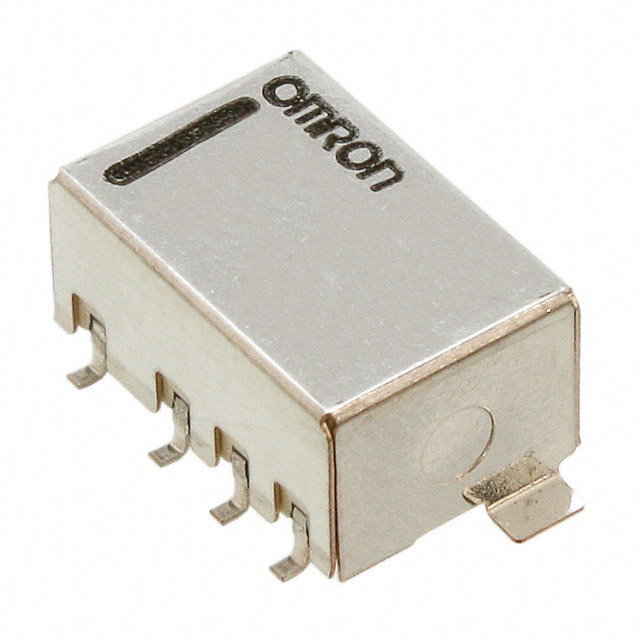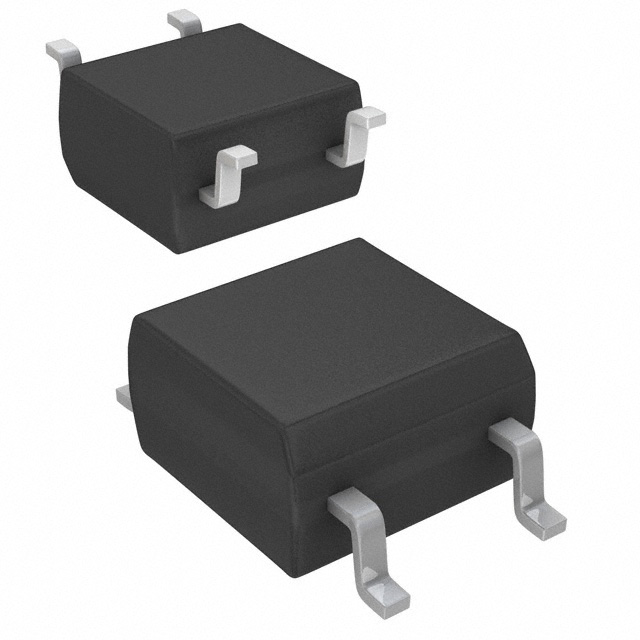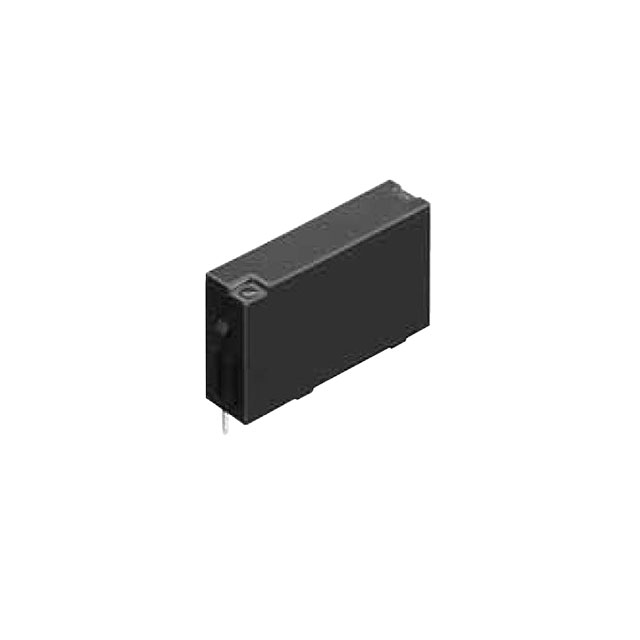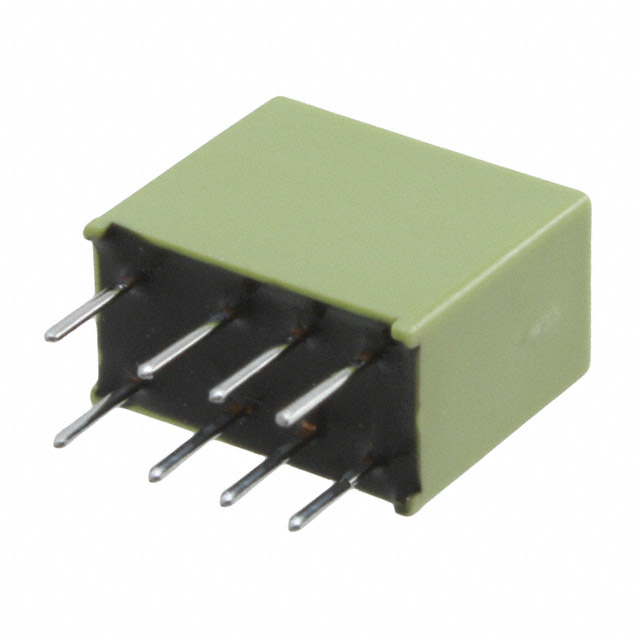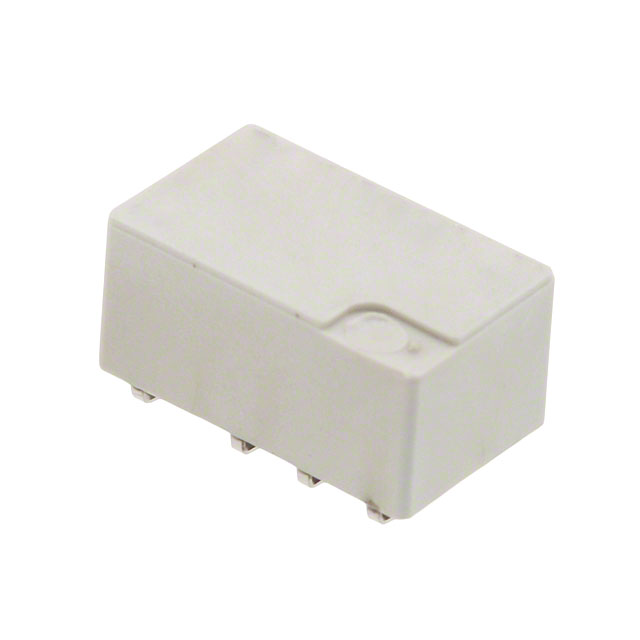Categories
- Contactors (Electromechanical)(11)
- 1
Description of electromechanical contactors
An electromechanical contactor is a type of switch that operates through mechanical action triggered by an electric current. These contactors are designed to establish and interrupt electrical connections for high-power loads. When these contactors aequipped with overload relays or built-in protective devices, they can also manage the power supply to electric motors, ensuring safe operation by preventing damage from excessive current.
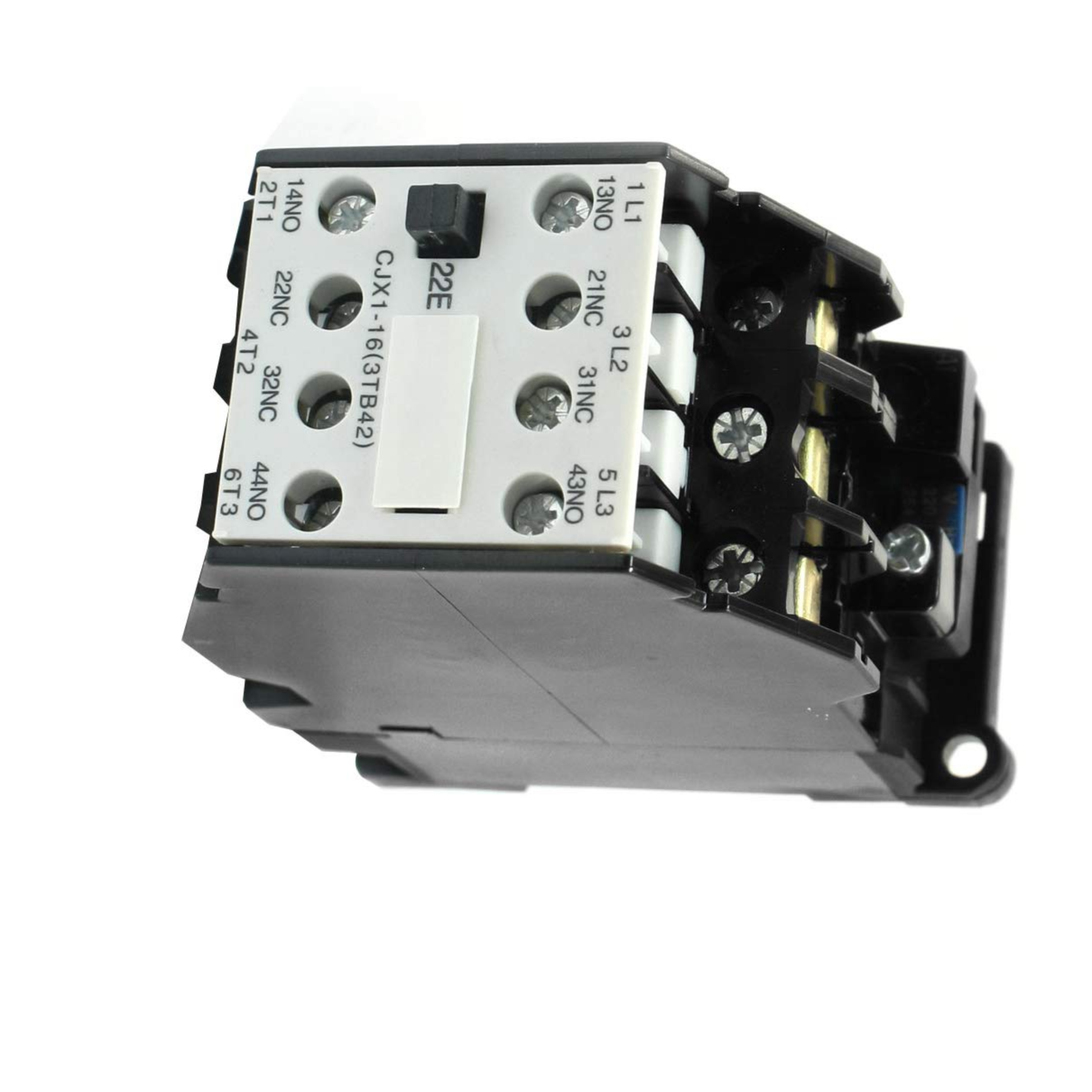
electromechanical contactor
Applications of electromechanical contactors
Electromechanical contactors are robust switches that serve to remotely manage the power supply to high-power equipment. They are integral components in industrial automation and electrical control systems, where they are tasked with controlling a variety of high-current loads such as motors, heaters, and other heavy-duty applications.
Design of electromechanical contactors
Electromechanical contactors function on the basis of electromechanical action. At their core lies an electromagnet that, when powered, generates a magnetic field strong enough to attract a movable contact. This action physically moves the contacts, thereby either closing the circuit to allow current flow or opening it to interrupt the flow. The design of electromechanical contactors is tailored to handle substantial currents and voltages, making them suitable for applications that demand reliable and durable power control.
Working principles of electromechanical contactors
Their operation involves a simple yet effective principle: the energization of the coil triggers the magnetic force necessary to engage or disengage the contacts. This mechanism allows for the precise control of power circuits, ensuring that high-power devices can be safely and efficiently managed. The electromechanical nature of these contactors also provides a tangible advantage in terms of reliability and longevity, as they are less susceptible to the wear and tear associated with purely electronic switches.
Types of electromechanical contactors
- Reversing Contactors: These are specifically designed to manage the rotational direction of electric motors, allowing for bidirectional control.
- Overload Protection Contactors: They serve as a safeguard for motors, preventing damage that could result from excessive loads.
- Magnetic Contactors: These are utilized to regulate the power supply to various electrical loads, ensuring efficient control over the flow of electricity.
- High-Voltage Contactors: Engineered to handle the switching of high-voltage electrical circuits, they are crucial in high-power applications.
- Thermal Contactors: Designed to manage circuits that operate under high-temperature conditions, these contactors maintain functionality in extreme thermal environments.







